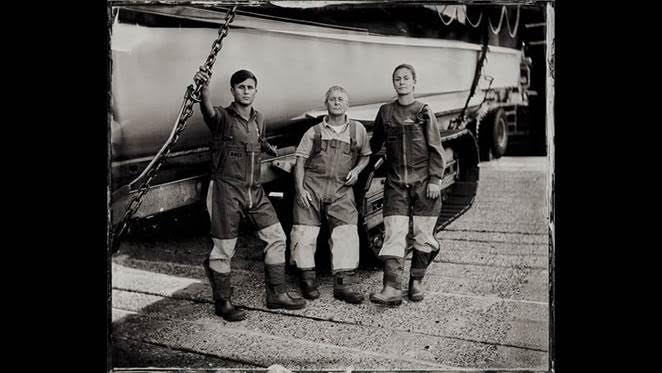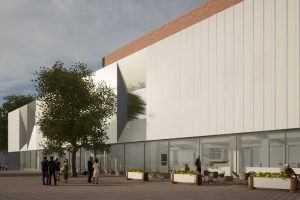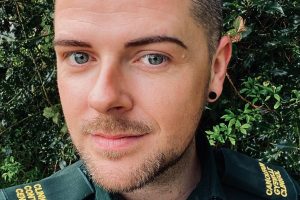
UNIQUE photographs of RNLI crew and lifeboat stations in Ceredigion have been acquired by the National Library of Wales.
The images made at Aberystwyth and New Quay RNLI stations were created by photographer Jack Lowe using Wet Plate Collodion, a Victorian process that captures stunning images on glass.
They form part of The Lifeboat Station Project, Jack’s epic mission to photograph all 237 stations in the UK and the Republic of Ireland — one of the largest photographic projects ever undertaken and currently scheduled to be completed in 2020.
The 20 limited edition prints will now be housed within the National Collection of Welsh Photographs, which comprises over a million photographs connected to Wales. These range from works by pioneering photographers from the earliest days of photography to portfolios by contemporary practitioners of the art.
Will Troughton, Curator of Photography at the National Library of Wales, says of the acquisition: ‘Jack’s photographs are important to the National Library in many ways. They are part of a systematic documentary record of Welsh RNLI stations, the first to be offered to the Library.
‘His use of a Victorian camera and glass plates produces atmospheric, mesmerising and aesthetically pleasing photographs. The use of black and white produces a timeless quality and emphasises the crew members rather than their brightly coloured equipment as well as creating a link to our historical photographs of lifeboat crews.’
Will added: ‘Having seen Jack at work here in Aberystwyth I’m delighted to add some stunning photos of Welsh RNLI crews to the National Library of Wales where they will sit alongside works by some of the greats of photography.’
Jack, who lives in Newcastle upon Tyne, said: ‘This is the first time my photographs have been recognised at a national level in this way. I dreamed this might happen one day but I never expected it would happen while in the midst of making the work.
‘I’m over-the-moon for the RNLI lifeboat volunteers too. I can’t make these photographs without them, so it’s wonderful to see our brave lifeboat men and women placed on such a high pedestal.’
Paul McCann, Aberystwyth RNLI crew member, said the experience of being part of the Lifeboat Station Project had been an enjoyable one for the station.
Paul said: ‘It was a really great day. I think a few people were a bit sceptical beforehand, not really knowing what to expect, but it was a very different experience to the normal crew photographs we have taken. All the crew were amazed to be able to see the images developing on the glass plates there and then.’
Paul added: ‘We had lots of passers-by who came along to the station to see Jack at work too – and that was certainly different, as normally people only come along to watch the lifeboat launch!’
While Jack was in Wales photographing the volunteer crews last year, he also gave a fund-raising talk for the RNLI at the National Library of Wales, describing his photographic method and what inspired him to embark on his five-year odyssey.
The Lifeboat Station Project, which began in January 2015, is one of the biggest photographic projects ever undertaken and, when finished, will be the first complete photographic record of every single lifeboat station on the RNLI network.
Jack travels in Neena — his decommissioned NHS ambulance purchased on eBay and converted into a mobile darkroom. He looks set to reach the half-way point in late 2017 – and 2017 will also include the Project’s first visit to Ireland.


















Add Comment